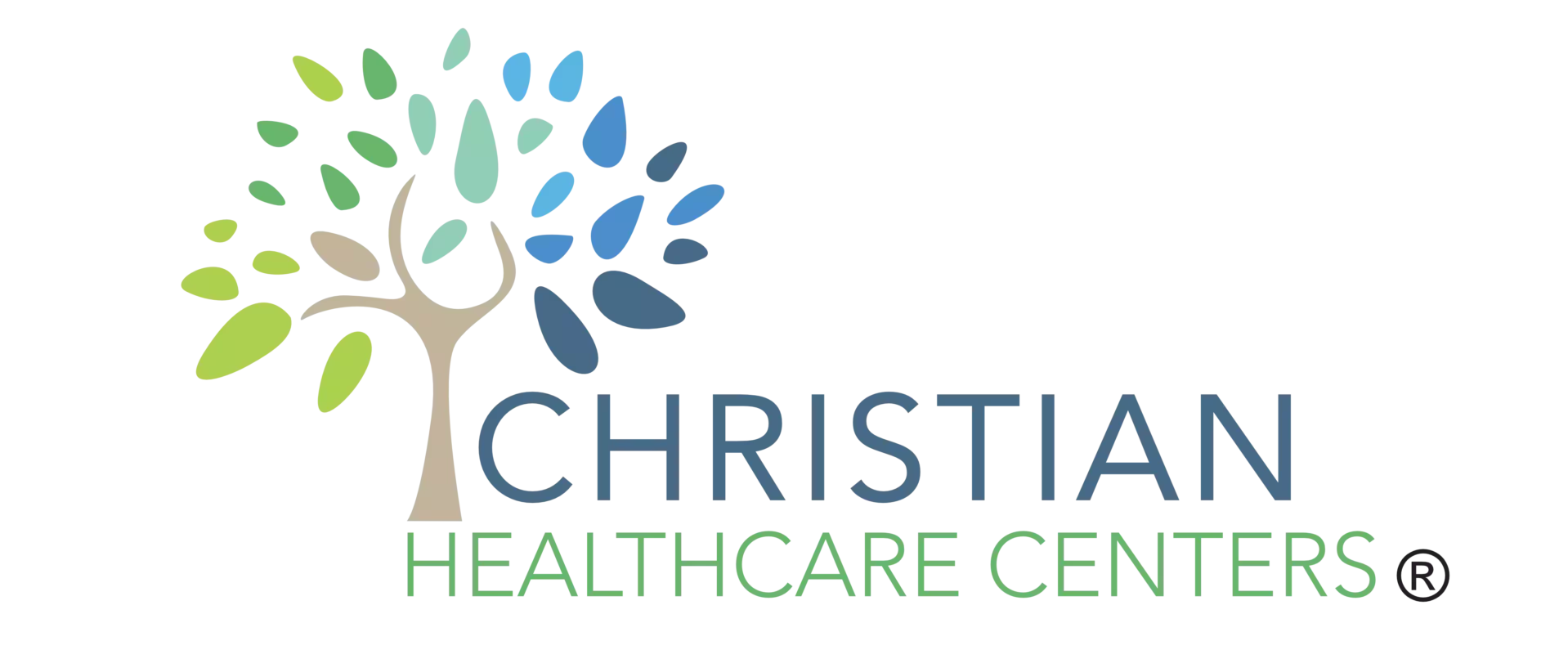To proactively manage your health in primary care, engage actively with your healthcare team. Attend regular health assessments for early issue detection. Embrace personalized preventive care plans for tailored health solutions. Communicate openly with your providers to foster trust. Utilize telemedicine for convenient access to care. Prioritize daily exercise for better well-being. Tap into health education resources for practical tips. Monitor health metrics regularly. Build positive relationships with healthcare professionals. These tips can transform your healthcare journey for the better.
Key Takeaways
- Actively engage in your healthcare journey for optimal outcomes.
- Regular health assessments and monitoring are vital for well-being.
- Personalized preventive care plans promote proactive health management.
- Utilize telemedicine for convenient access to primary care services.
- Daily exercise for at least 30 minutes maintains health and well-being.
Importance of Patient Engagement
To achieve the best health outcomes, actively involving yourself in your healthcare journey is essential. Patient empowerment plays a pivotal role in ensuring that you receive the best possible care. When you’re empowered, you become an active participant in decision-making processes regarding your health. This empowerment stems from having access to information, resources, and support that allow you to make informed choices about your well-being.
Shared decision-making is another key aspect of patient engagement. This collaborative approach involves you and your healthcare provider working together to make decisions about your treatment plan. By sharing your preferences, concerns, and goals with your provider, you can work together to create a plan that aligns with your values and lifestyle. This not only leads to more personalized care but also enhances your overall experience with the healthcare system.
Regular Health Assessments
Scheduling regular health assessments is essential for maintaining your well-being and catching any potential health issues early on. By staying up to date with preventive screenings and wellness exams, you’re taking proactive steps towards safeguarding your health. These assessments serve as pivotal checkpoints, allowing healthcare providers to monitor your overall health status, identify any warning signs, and address concerns promptly.
During preventive screenings, healthcare professionals will conduct various tests based on your age, gender, and medical history to detect any potential health risks. These screenings can include blood pressure checks, cholesterol tests, cancer screenings, and vaccinations. Wellness exams, on the other hand, focus on your general well-being, providing an opportunity to discuss any concerns or changes in your health with your doctor.
Regular health assessments not only help in early detection of illnesses but also enable you to establish a strong, communicative relationship with your healthcare team. This ongoing dialogue fosters a sense of belonging and trust, empowering you to make informed decisions about your health. Remember, prevention is key to maintaining a healthy lifestyle, and these routine assessments play a significant role in ensuring your well-being for years to come.
Personalized Preventive Care Plans
In creating personalized preventive care plans, your healthcare provider will tailor a proactive approach to address your specific health needs and goals. By focusing on individualized wellness and preventive measures, these plans aim to keep you healthy and address any potential risks or concerns proactively.
Here is a table outlining some key elements that may be included in your personalized preventive care plan:
| Component | Description | Purpose |
|---|---|---|
| Health Assessment | Thorough evaluation of your current health status, including risk factors and medical history | Identify areas that need attention |
| Preventive Screenings | Scheduled screenings based on age, gender, and health history to detect potential health issues | Early detection and prevention |
| Lifestyle Recommendations | Tailored advice on diet, exercise, stress management, and other lifestyle factors | Promote healthy habits and behaviors |
| Vaccination Schedule | Personalized plan for necessary vaccinations based on age, travel plans, and medical conditions | Prevent infectious diseases |
| Follow-up Plan | Clear outline of when to schedule follow-up appointments, screenings, and tests | Ensure continuity of preventive care |
Your personalized preventive care plan will serve as a roadmap for maintaining your well-being and addressing any health concerns promptly. By working together with your healthcare provider to implement these individualized strategies, you can take proactive steps towards a healthier future.
Open Communication Channels
As you continue your journey towards proactive health in primary care, maintaining open communication channels with your healthcare provider is key to ensuring your well-being and addressing any health concerns effectively. Improved communication fosters a stronger patient-provider relationship, leading to better health outcomes and a more personalized approach to your care. When you openly share information about your symptoms, concerns, and lifestyle habits, your healthcare provider can tailor their recommendations to suit your individual needs, empowering you to take an active role in your health management.
Effective communication is a two-way street. It involves not only expressing your thoughts and feelings but also actively listening to your healthcare provider’s advice and asking questions when needed. This collaborative approach enhances your understanding of your health conditions, treatment options, and preventive measures. By engaging in open discussions, you can work together with your provider to develop a proactive health plan that aligns with your goals and values.
Patient empowerment stems from being well-informed and actively involved in decision-making regarding your health. Open communication channels provide you with the opportunity to voice your concerns, ask for clarification, and participate in shared decision-making processes. Remember, your healthcare provider is there to support you on your journey to better health, and transparent communication is the cornerstone of this supportive relationship.
Utilization of Telemedicine
Consider exploring the convenience and benefits of utilizing telemedicine for accessing primary care services from the comfort of your own home. Telemedicine offers a way to connect with healthcare providers remotely, which can be particularly useful for routine check-ups, follow-ups, and non-emergency medical concerns.
Here are three reasons why incorporating telemedicine into your healthcare routine can be beneficial:
Remote Diagnostics: Through telemedicine, healthcare professionals can remotely assess your symptoms and provide guidance on next steps. This can be especially helpful for minor illnesses or medication adjustments that don’t require an in-person visit.
Virtual Consultations: Virtual consultations allow you to have real-time discussions with your healthcare provider without the need to travel to a clinic. This can save you time and money while ensuring you receive the care and attention you need.
Convenience and Accessibility: By utilizing telemedicine, you can access primary care services more conveniently, fitting appointments into your busy schedule without the need to commute or wait in a doctor’s office. This accessibility can encourage proactive health management and regular check-ins with your healthcare team.
Incorporating telemedicine into your primary care routine can enhance your overall healthcare experience, providing a more efficient and accessible way to stay connected with your healthcare providers.
Emphasis on Lifestyle Modifications
Embrace small, essential changes to your daily habits for a healthier lifestyle that promotes overall well-being and prevents chronic conditions. When it comes to lifestyle modifications, focusing on nutrition adjustments and exercise routines can greatly impact your health in a positive way.
Start by making gradual modifications to your diet. Incorporate more fruits, vegetables, whole grains, and lean proteins into your meals. Swap out sugary drinks for water or herbal teas, and opt for healthy snacks like nuts or yogurt. These simple changes can enhance your energy levels, aid in weight management, and boost your overall health.
In addition to nutrition, integrating exercise into your daily routine is vital. Find activities you enjoy, whether it’s walking, dancing, yoga, or swimming, and aim for at least 30 minutes of moderate exercise most days of the week. Not only does exercise help you maintain a healthy weight, but it also strengthens your muscles, improves your cardiovascular health, and enhances your mood.
Access to Health Education Resources
For a well-rounded approach to proactive health in primary care, ensuring access to health education resources is essential. By having access to these resources, you empower yourself to make informed decisions about your health and well-being.
Here are some effective ways to access health education resources:
Utilize Digital Tools: In today’s digital age, there’s a wealth of health information available online. Websites, apps, and online forums can provide valuable insights into various health topics, ranging from nutrition and exercise to chronic disease management. Take advantage of these digital tools to educate yourself conveniently at your own pace.
Attend Community Workshops: Community workshops offer a fantastic opportunity to engage with health professionals and like-minded individuals who are also on a journey towards better health. These workshops cover a wide array of topics and often provide practical tips that you can implement in your daily life. Joining these workshops can also create a sense of belonging and support from your community.
Engage in Peer-to-Peer Learning: Sometimes, the best way to understand a health issue is by learning from someone who’s experienced it firsthand. Peer support groups or online forums allow you to connect with individuals who’ve similar health concerns. Sharing experiences and knowledge in these settings can be incredibly empowering and educational.
Proactive Monitoring of Health Metrics
To take charge of your well-being in primary care, understanding the proactive monitoring of health metrics is vital. Remote monitoring of your health metrics, such as blood pressure, heart rate, and blood sugar levels, allows for continuous observation without always requiring a visit to the doctor’s office. This method offers a convenient way to track your health status regularly and detect any potential issues early on.
Essential detection is vital in managing health conditions effectively. By proactively monitoring your health metrics, you increase the chances of identifying abnormalities or changes that may indicate a developing health problem. For instance, consistent tracking of your blood sugar levels can help in managing conditions like diabetes before they escalate.
Remote monitoring devices have made it easier than ever to keep an eye on your health metrics from the comfort of your home. These tools provide real-time data and alerts, enabling you to stay informed about your health status. By embracing this proactive approach to monitoring your health metrics, you empower yourself to make informed decisions about your well-being and seek timely medical attention when needed.
Incorporating remote monitoring into your routine not only promotes a proactive attitude towards your health but also fosters a sense of control and empowerment over your well-being. Remember, staying vigilant about your health metrics is a vital step towards a healthier future.
Building Trust and Rapport
Establishing a strong foundation of trust and rapport is essential for cultivating a positive and effective relationship with your primary care provider. When you feel heard and understood, it becomes easier to communicate openly about your health concerns and work together towards proactive solutions. Here are some key strategies to help you build trust and rapport with your primary care provider:
Active Listening: Your primary care provider should engage in active listening during your appointments. This means they’re fully present, focused on what you’re saying, and seeking to understand your perspective. Similarly, as a patient, practicing active listening shows your provider that you value their input and expertise.
Empathy: Both you and your primary care provider should approach each interaction with empathy. Understanding and sharing the feelings of another fosters a sense of connection and trust. By showing empathy towards your provider’s challenges and decisions, you can strengthen your relationship and work together more effectively.
Nonverbal Communication: Pay attention to nonverbal cues during your appointments. Body language, eye contact, and facial expressions can convey trust and openness. Similarly, by being mindful of your own nonverbal communication, you can show respect and attentiveness, further solidifying the bond with your primary care provider.
Final Thoughts
As you navigate the winding road of health and wellness, remember that proactive care is like planting seeds in a garden. By engaging with your healthcare provider, creating personalized plans, and embracing lifestyle changes, you’re nurturing the soil for a lively and flourishing future.
So tend to your health like a dedicated gardener, and watch as the fruits of your labor blossom into a life filled with vitality and well-being.


